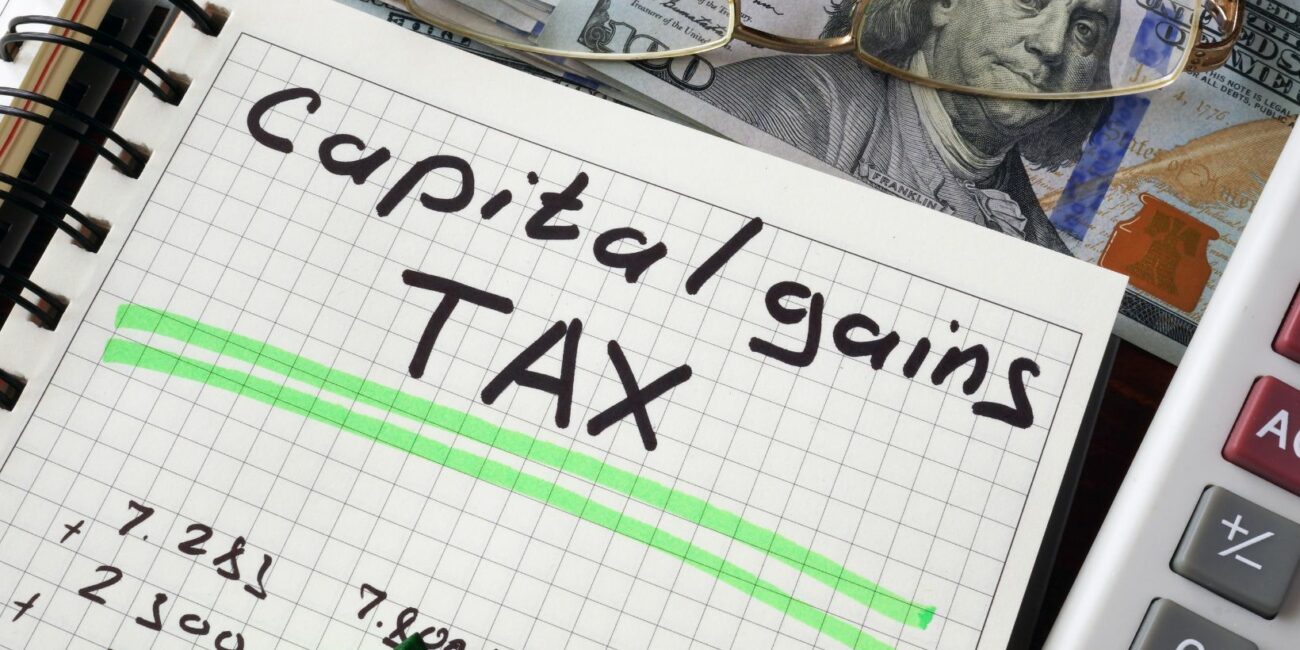Estimated Taxes On Capital Gains
Estimated taxes on capital gains can be a source of confusion for many taxpayers. If you’re an investor who has earned profits from the sale of stocks, real estate, or other assets, you may be required to pay estimated taxes on those capital gains. Failure to do so can result in penalties and interest charges.
The IRS requires taxpayers to pay taxes on their capital gains throughout the year, instead of waiting until April 15th of the next year. This is where estimated taxes come into play. Estimated taxes are calculated based on the expected total amount of tax that you will owe for the year, and are paid in four quarterly instalments. If you fail to pay sufficient estimated taxes, you may be subject to penalties and interest charges even if you ultimately pay the full amount of tax owed when filing your tax return.
It’s important to note that the rules regarding estimated taxes on capital gains can be complex, and there are certain exceptions and special circumstances that may apply. Consulting with a tax professional can help ensure that you are meeting your tax obligations and avoiding costly penalties and interest charges.

Understanding Estimated Taxes on Capital Gains
If you’ve sold an asset such as stocks, bonds or real estate, and made a profit, you’ve earned what’s called a capital gain. As a taxpayer, you must pay taxes on the gains you’ve made. However, unlike salaries, capital gains aren’t taxed automatically. That’s where estimated taxes come in.
Estimated taxes are periodic tax payments that you pay in advance throughout the year. They are calculated based on the income that you expect to receive during the year. Estimated taxes are typically paid by freelancers, self-employed individuals, small business owners, and investors who generate capital gains and dividends.
In the case of capital gains, you will be required to pay estimated taxes four times throughout the year. The due dates are in April, June, September, and January. It’s important to note that each payment you make goes toward your overall annual tax liability.
If you fail to pay estimated taxes, you may be subject to an estimated tax penalty when you file your tax return. The penalty may be waived in certain circumstances, such as if you had an unforeseen event that affected your income (like a natural disaster) or if the amount of tax you owed was less than $1,000.
To calculate your estimated taxes on capital gains, you’ll need to estimate your total income, including your capital gains, for the year. You can then use the IRS Form 1040-ES or its online calculator to estimate how much you’ll owe in taxes. You’ll also need to factor in any credits and deductions that may apply.
In conclusion, if you have capital gains, it’s important to understand your estimated tax obligations. By paying estimated taxes in a timely manner, you can avoid potential penalties and ensure that you’re meeting your tax obligations. Be sure to consult with a tax professional if you have any questions or concerns about estimated taxes on capital gains.

Calculating and Paying Estimated Taxes on Capital Gains
When it comes to capital gains, it’s important to remember that taxes must be paid on any profits earned. This includes stocks, bonds, real estate, and other investments. If you’re unsure about how to calculate and pay estimated taxes on capital gains, this guide will break down the process.
First, it’s important to understand what estimated taxes are. These are quarterly payments made to the IRS to cover your tax liability for the year. If you earn income throughout the year that isn’t subject to withholding tax, you may need to make estimated tax payments to avoid penalties.
To calculate your estimated tax payments on capital gains, follow these steps:
- Determine your taxable income from your capital gains by subtracting your cost basis from the sale price.
- Apply the capital gains tax rate to the taxable income to determine your capital gains tax due.
- Add your other income for the year, such as wages, salaries, and interest income.
- Use the IRS Form 1040-ES to calculate your estimated tax payments for the year.
- Make quarterly payments by the due dates to avoid penalties and interest.
It’s important to note that the capital gains tax rate varies based on your income and filing status. For example, the long-term capital gains tax rate is 0%, 15%, or 20% depending on your taxable income.
In conclusion, calculating and paying estimated taxes on capital gains doesn’t have to be complex. By following the steps outlined above and using the IRS Form 1040-ES, you can ensure that you’re fulfilling your tax obligations and avoiding any penalties or interest.




